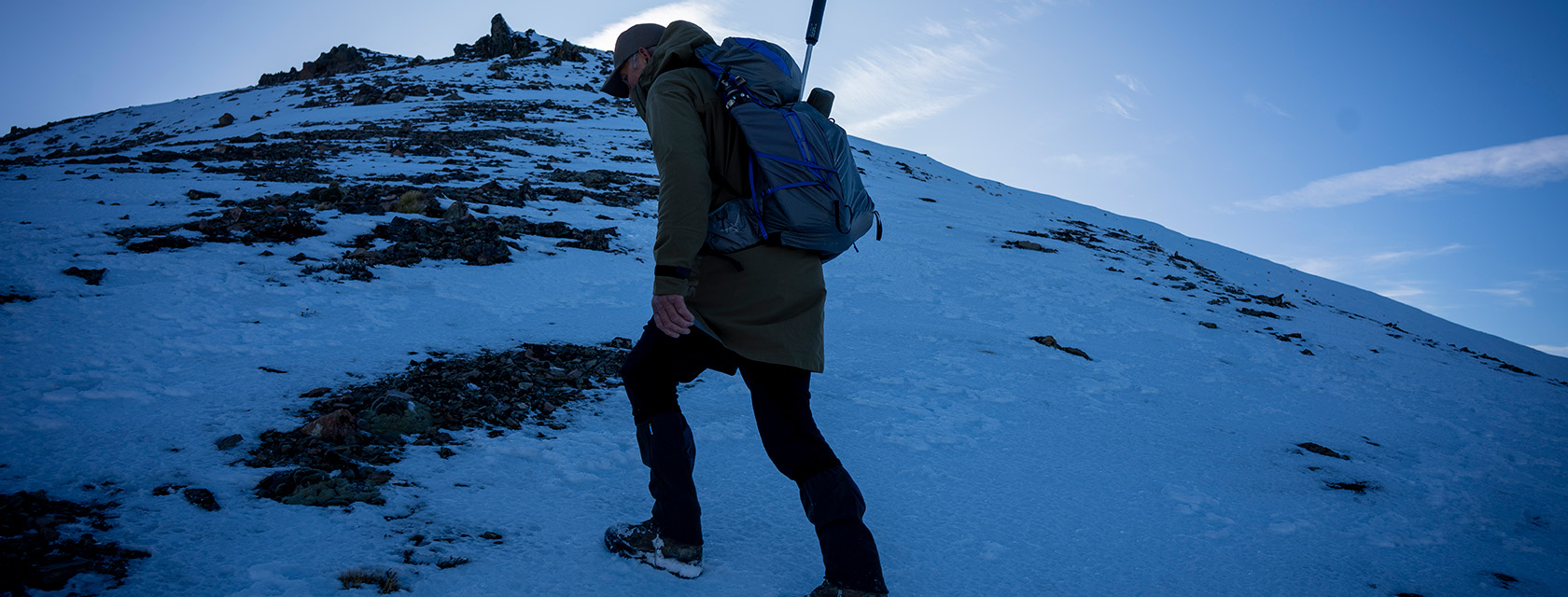
Hunting in Winter
Dave Greig is one of our Brand Ambassadors who uses a lot of our gear when he's hunting and fishing. He's not one to let a bit of snow keep him at home. But he does plan and adjust for a winter hunt.
Hunting in winter is a bit of a different beast, not only in regards to the behavior of the animals but the logistics around what to take and planning your trip.
We play the waiting game when we are hunting and while we pick our weather windows when heading out, we have to sit out in the weather looking for animals. It’s for this reason that being comfortable when idle is key.
The Animals
Every animal is a little different in terms of its behavior around the winter period. Tahr and Chamois are well adapted to the cold alpine conditions, so are pretty hardy. However, they will try and dodge a heavy dumping of snow, so that’s usually the main thing that will force them down from high up.
I hunt mostly red and fallow deer. These guys are a bit more affected by the colder conditions and will usually look to work themselves into the mid-bush band altitudes of the sunny Northern faces. Although they will still move all over the show, they will push off the high exposed country as well as the cold river valleys to live.
Deer will also look for faces that have good winter grazing to put condition back on after a brutal rut period where they don’t eat much, so working around good pockets of feed is also important.
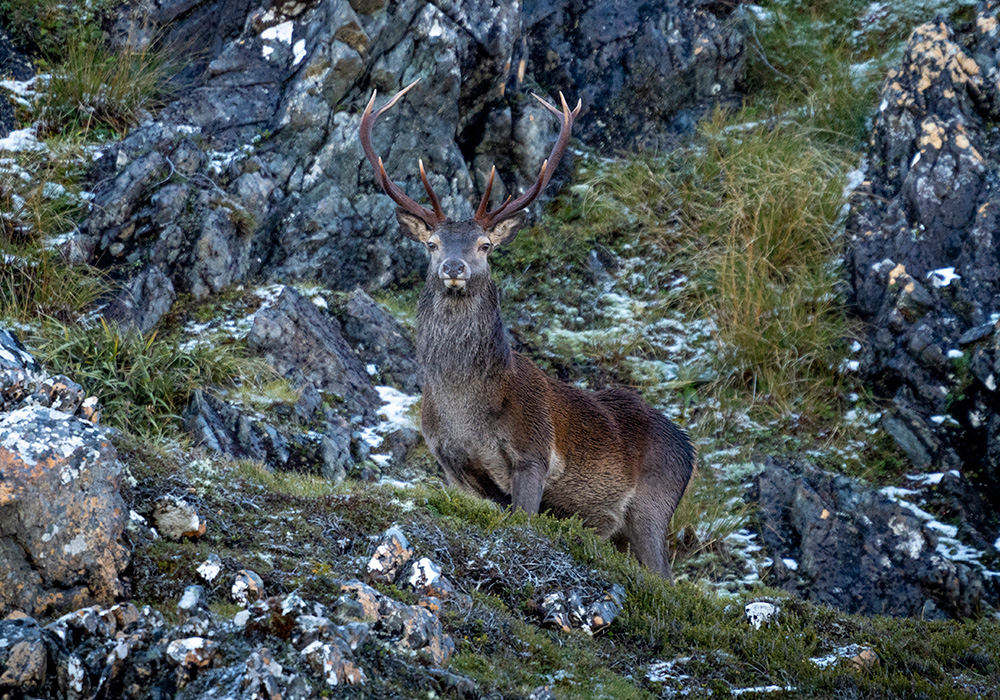
Planning
For most of the year, I access the hunting areas off-track which involves a lot of bush bashing and tops walking. In the winter, I like to work to a track, which not only gives me some assurance of getting in and out in harsher weather conditions but also means I’m able to link a hut or bivvy into the trip. It’s always good to substitute the tent after a few tough nights in marginal weather for a nice warm night in a bivvy or hut to recharge the batteries.
As I mentioned, the animal’s movements and behavior is different this time of year and you usually find them around huts as they have been placed in locations complimentary of sun and weather.
Gear
With the colder conditions, consideration needs to be made to gear, particularly your sleeping setup and shelter.
I swap out the lightweight sleeping bag and mat with a higher loft-rated alternative as well as work in a couple more insulation layers
I try to use a fly for most of the hunting I do to save weight, but I’ll generally swap out a tent for winter hunting as it provides more shelter from the wind and a slight heat benefit.
Swapping the lightweight less bulkier shoulder season gear out with winter gear will bulk your volume up, but I'd still back myself to get all that I need in a medium-volume pack. They are lightweight whilst still providing good support and features. This generally works on the idea that you are hunting with someone and can share items item (usually the tent).
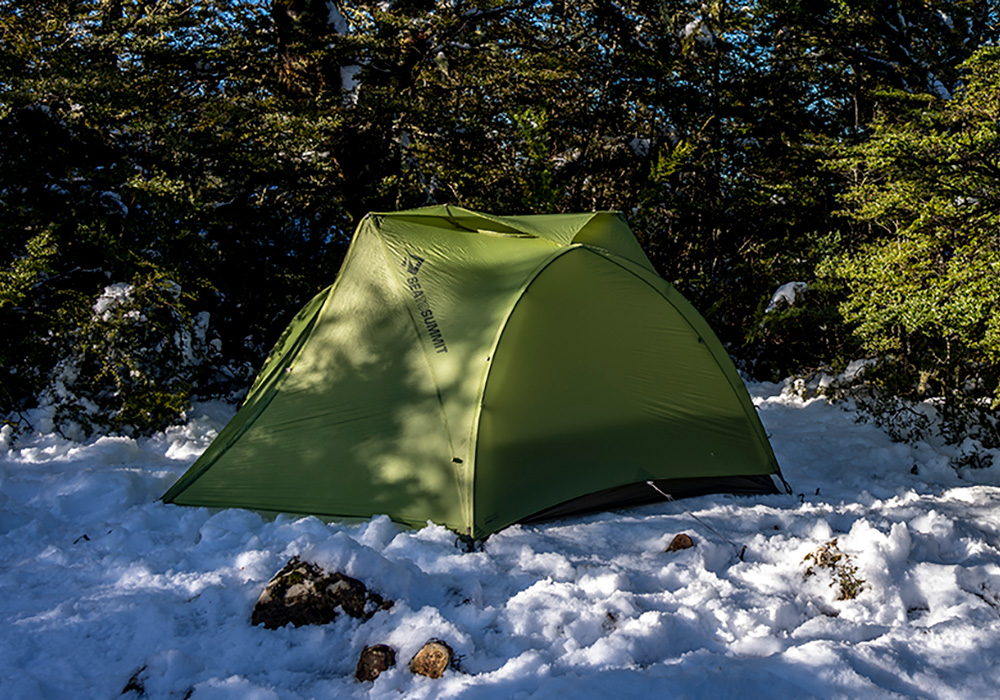
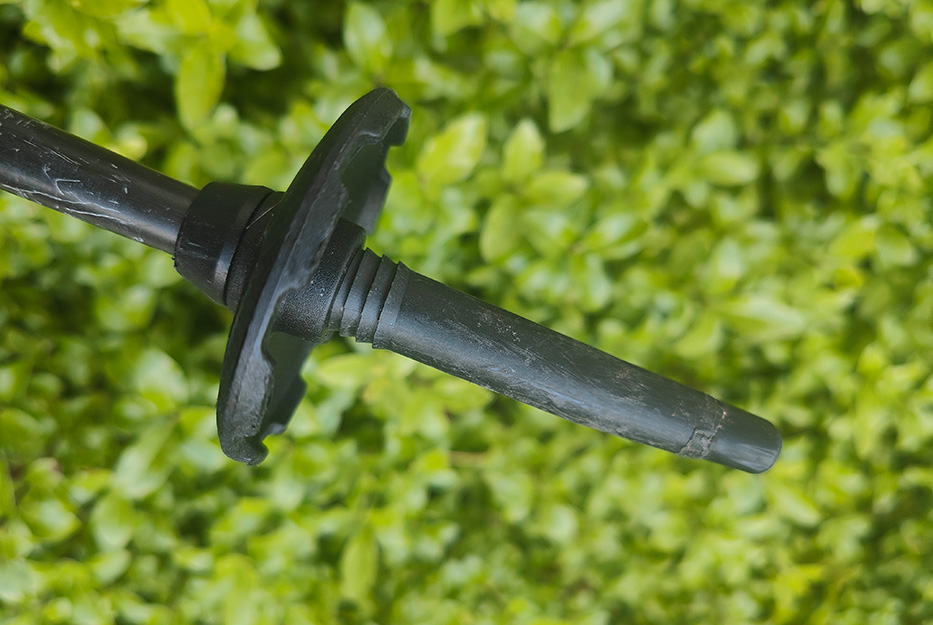
Poles
I run a walking pole all year round, but these really come into their own sidling snowy faces. Having a third point of contact on the ground saves a lot of stress on the legs and you spend less time tipping up in the unpredictable terrain.
I also swap out the metal tips for the rubber option, which are quieter when bouncing off the rocky terrain. I use a slightly wider basket which helps prevent the walking pole punching through the muddy or icy ground.
Check the tension on your poles before you head out, this can change in colder temperatures and you really don't want them sliding around because of incorrect tension. Check out how here.
All of these pole accessories are made by Black Diamond and available here in NZ through a range of retailers.
Clothing and Footwear
Adding insulation layers and having options if your gear gets wet are really important.
I’m a big fan of the new fabrics with a synthetic down option because of how they perform when they are wet as opposed to natural down.
The fabric is surprisingly hard-wearing for what it is, and the weight is minimal. Most outdoor brands provide this option these days. I prefer a couple of insulated layers you can double up on instead of 1 higher loft jacket. This gives me options for my different warmth needs but also gives me a backup if I get one wet.
The boots go from a medium rigid uninsulated boot to a Gore-tex lined waterproof option that runs a three-quarter shank or more for stability and crampon compatibility. I also run a pair of crocs to get me across the rivers to keep the shoes dry otherwise things can get miserable with wet cold feet.
My winter boots are a slightly bigger fit which wasn’t intentional, but it works out well as I can run a heavier sock to pack the boot out.
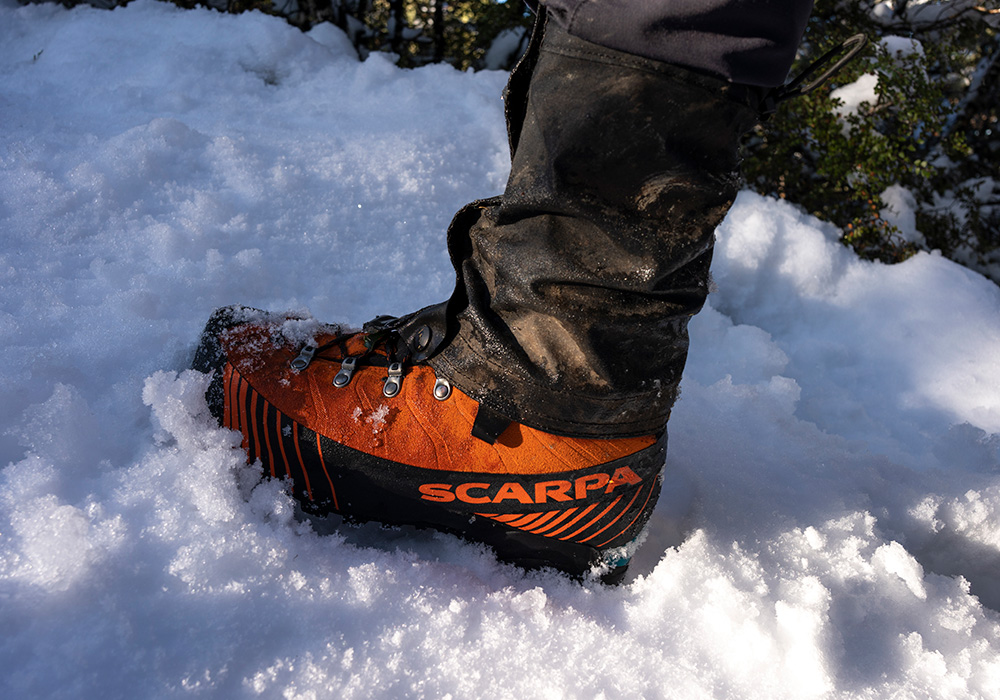
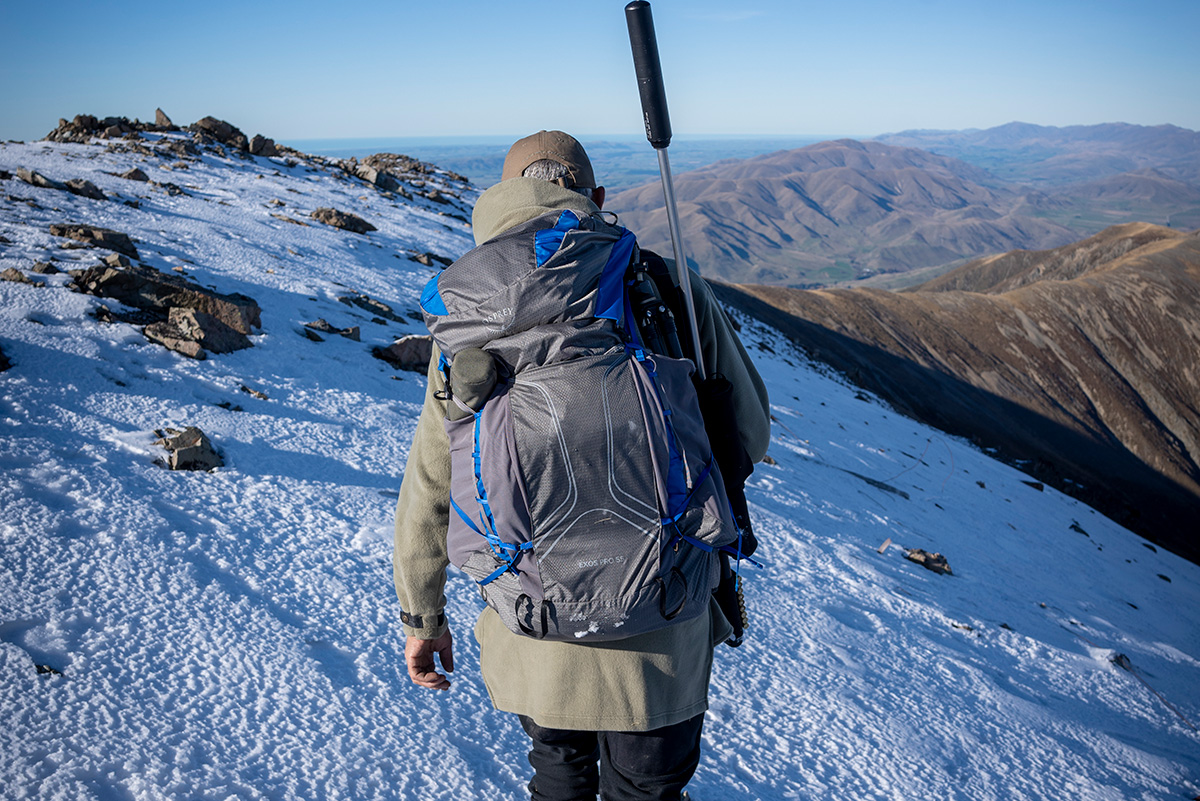
Key items in my pack
- Sea to Summit Ether Light XT Extreme Insulated Air Sleeping Mat
- Sea to Summit Spark IV sleeping bag
- Black Diamond Alpine Walking Pole
- Sea to Summit Telos TR2 Plus - Two Person Freestanding Tent (3+ Season)
- Scarpa Ribelle HD Boots
- Osprey Exos Pro 55 litre pack
- Synthetic down insulated jacket
- Lightweight (600–fill) down vest
I’ll generally throw an extra gas cannister in the mix as I'll fire up the cooker for a brew on the hill a bit more when I’m sitting looking through the binoculars.
Safety
I use a Garmin In Reach Mini and use the bluetooth app through the phone for messaging. I use the 'Topo Map 50' app on my phone for maps as I find it's the best / most accurate map option available. I mark a route on a map and send that through to my partner at home before I go. She knows where I am going and then references those points on the map when I message her on my In Reach during the trip.
I also pack a basic first aid kit with a survival blanket, and pack an extra de-hy meal in case I get caught out for longer than I planned.
Happy hunting
Dave
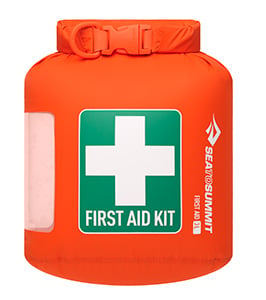
Related articles
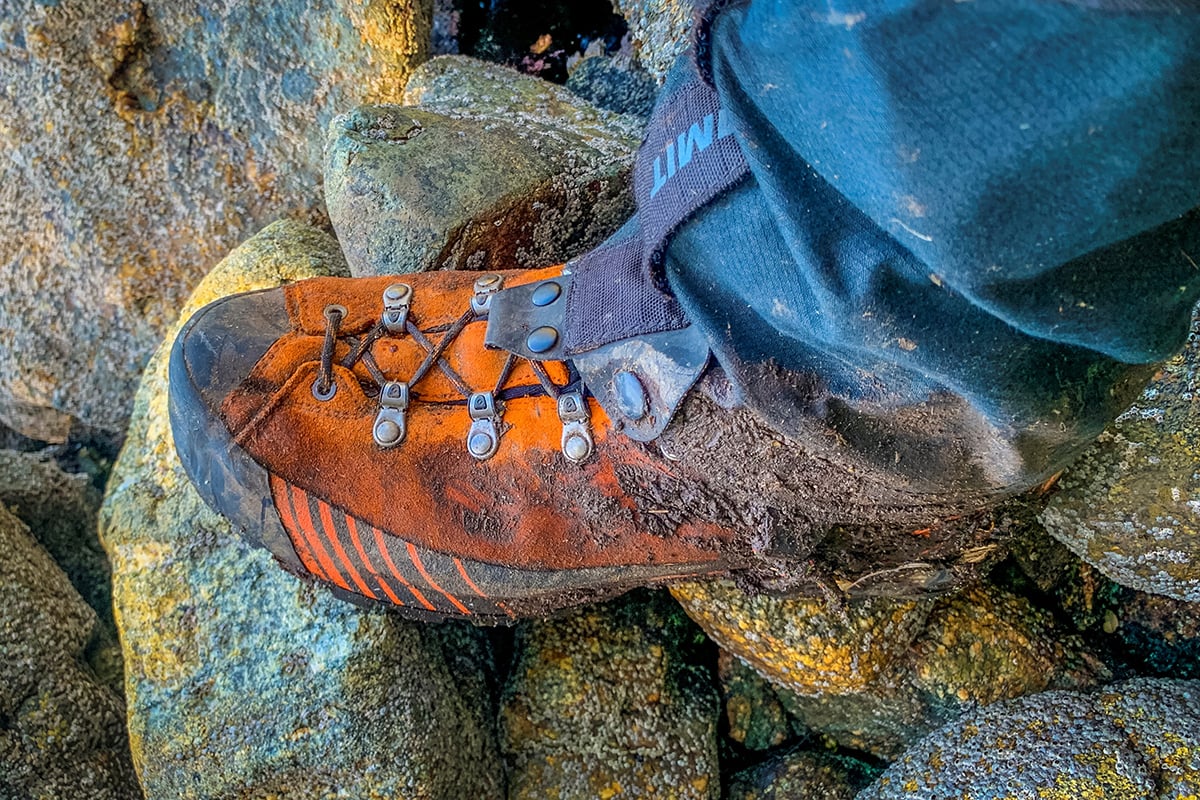
Are your boots ready for the outdoors?
Nothing can make or break a hike, tramp, walk or hunt like footwear. Here is what you need to know for proper fitting boots and their care.
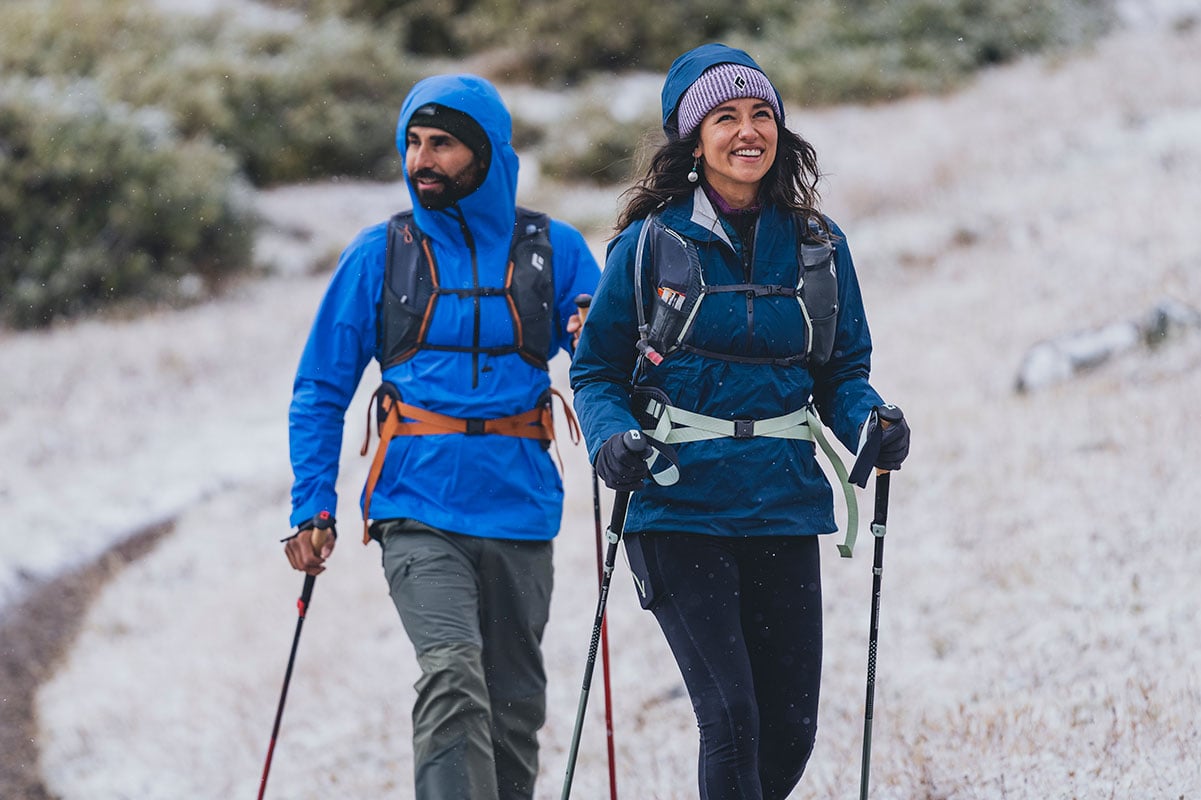
Taking care of your poles
Poles are great for providing balance and stability and reducing stress on your body and joints. Make sure they are tensioned correctly and in good order before you leave home
Dave talks through his cooking setup
